Crystal Reservoir Reservoir Report
Nearby: Cerro Don Meek #1
Last Updated: January 2, 2026
Crystal Reservoir is a man-made lake located in Pitkin County, Colorado.
°F
°F
mph
Wind
%
Humidity
Summary
The reservoir was constructed in 1961 on the Crystal River for the purpose of providing water storage for municipal, industrial, and agricultural uses. The reservoir has a capacity of 22,000 acre-feet and is fed by snowpack and surface flows from the surrounding mountains. The water is primarily used for irrigation of farmlands in the Crystal Valley and for the city of Aspen's municipal water supply. Recreational activities such as fishing, boating, and camping are also popular at the reservoir. The Crystal River is a vital source of water for the surrounding communities and is closely monitored to ensure sustainable use.
Reservoir Details
| Storage 24hr Change | 0.02% |
| Percent of Normal | 102% |
| Minimum |
38.0 acre-ft
1977-03-13 |
| Maximum |
20,097.0 acre-ft
2017-05-25 |
| Average | 15,397 acre-ft |
| Nid_Height | 323 |
| Hydraulic_Height | 225 |
| Primary_Dam_Type | Concrete |
| Drainage_Area | 323 |
| Year_Completed | 1977 |
| Dam_Height | 227 |
| Structural_Height | 323 |
| River_Or_Stream | GUNNISON RIVER |
| Foundations | Rock |
| Surface_Area | 301 |
| Hazard_Potential | High |
| Outlet_Gates | Uncontrolled, Valve, Vertical Lift |
| Nid_Storage | 30726 |
| Dam_Length | 635 |
Seasonal Comparison
Storage Levels
Storage Levels
Pool Elevation Levels
Total Release Levels
Inflow Levels
Weather Forecast
Nearby Streamflow Levels
Dam Data Reference
Condition Assessment
SatisfactoryNo existing or potential dam safety deficiencies are recognized. Acceptable performance is expected under all loading conditions (static, hydrologic, seismic) in accordance with the minimum applicable state or federal regulatory criteria or tolerable risk guidelines.
Fair
No existing dam safety deficiencies are recognized for normal operating conditions. Rare or extreme hydrologic and/or seismic events may result in a dam safety deficiency. Risk may be in the range to take further action. Note: Rare or extreme event is defined by the regulatory agency based on their minimum
Poor A dam safety deficiency is recognized for normal operating conditions which may realistically occur. Remedial action is necessary. POOR may also be used when uncertainties exist as to critical analysis parameters which identify a potential dam safety deficiency. Investigations and studies are necessary.
Unsatisfactory
A dam safety deficiency is recognized that requires immediate or emergency remedial action for problem resolution.
Not Rated
The dam has not been inspected, is not under state or federal jurisdiction, or has been inspected but, for whatever reason, has not been rated.
Not Available
Dams for which the condition assessment is restricted to approved government users.
Hazard Potential Classification
HighDams assigned the high hazard potential classification are those where failure or mis-operation will probably cause loss of human life.
Significant
Dams assigned the significant hazard potential classification are those dams where failure or mis-operation results in no probable loss of human life but can cause economic loss, environment damage, disruption of lifeline facilities, or impact other concerns. Significant hazard potential classification dams are often located in predominantly rural or agricultural areas but could be in areas with population and significant infrastructure.
Low
Dams assigned the low hazard potential classification are those where failure or mis-operation results in no probable loss of human life and low economic and/or environmental losses. Losses are principally limited to the owner's property.
Undetermined
Dams for which a downstream hazard potential has not been designated or is not provided.
Not Available
Dams for which the downstream hazard potential is restricted to approved government users.

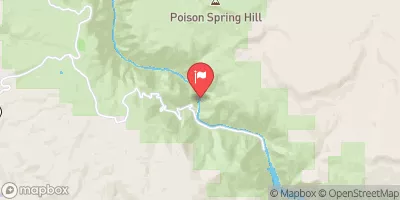
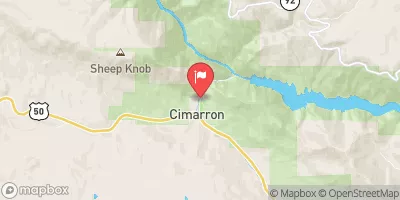

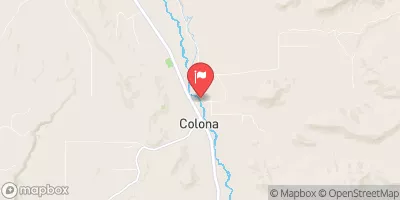


 East Portal - Curecanti National Rec Area
East Portal - Curecanti National Rec Area
 East Portal Campground
East Portal Campground
 Crystal Creek Boat-In Campsite
Crystal Creek Boat-In Campsite
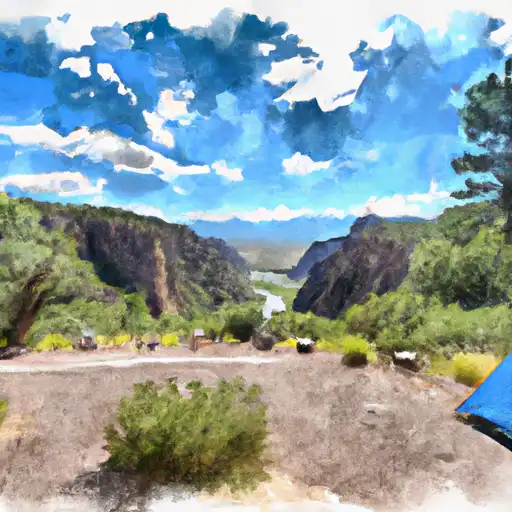 South Rim - Gunnison National Park
South Rim - Gunnison National Park
 South Rim Campground
South Rim Campground
 Cimarron - Curecanti National Rec Area
Cimarron - Curecanti National Rec Area
 Crystal
Crystal
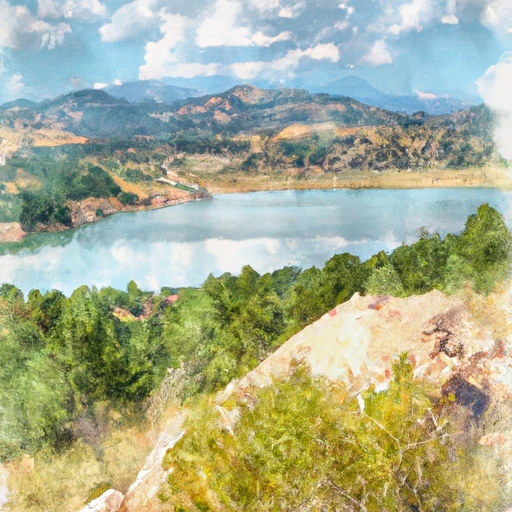 Crystal Reservoir
Crystal Reservoir
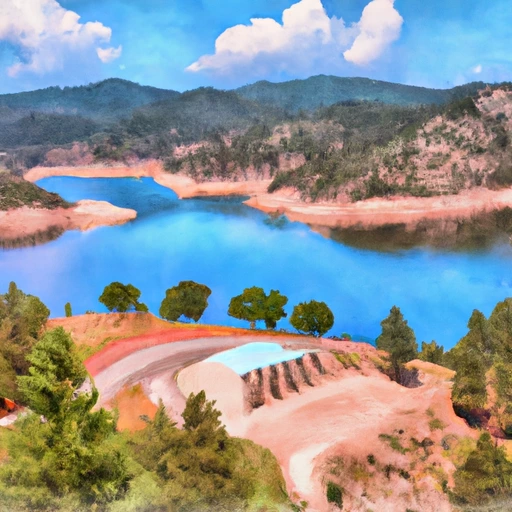 Morrow Point Reservoir
Morrow Point Reservoir
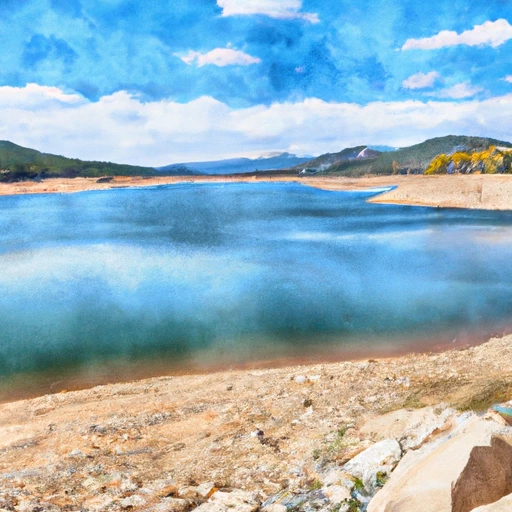 Crawford Reservoir
Crawford Reservoir
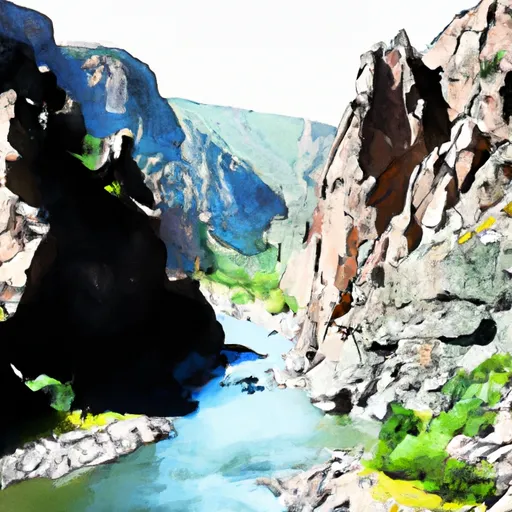 The Southern Boundary Of The Black Canyon Gunnison National Monument
To The Painted Wall
The Southern Boundary Of The Black Canyon Gunnison National Monument
To The Painted Wall
 Gunnison Gorge
Gunnison Gorge
 The Painted Wall
To The Black Canyon Gunnison National Monument-Gunnison Gorge Wilderness Boundary
The Painted Wall
To The Black Canyon Gunnison National Monument-Gunnison Gorge Wilderness Boundary
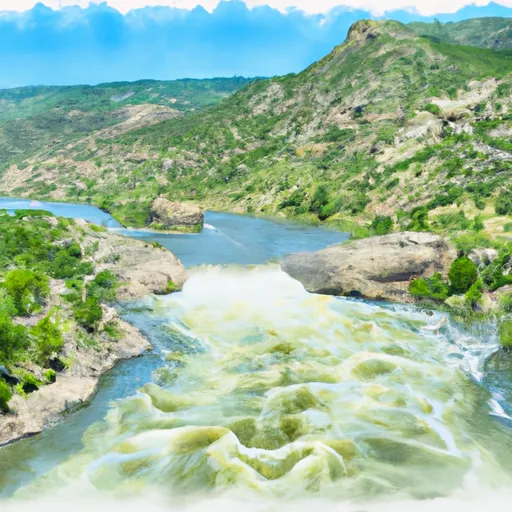 Curecanti National Recreation Area Boundary To High Water Line Of Morrow Point Reservoir
Curecanti National Recreation Area Boundary To High Water Line Of Morrow Point Reservoir
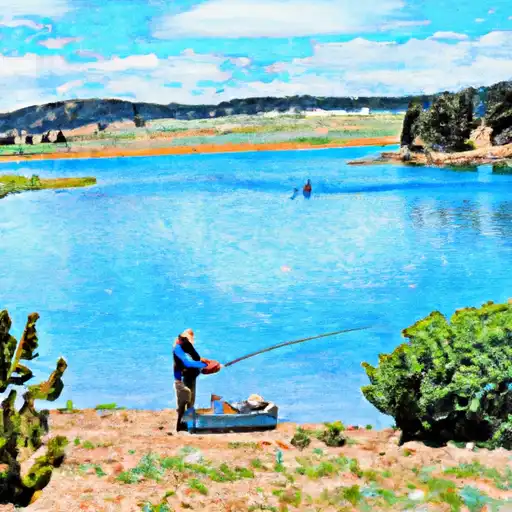 Gould Reservoir
Gould Reservoir
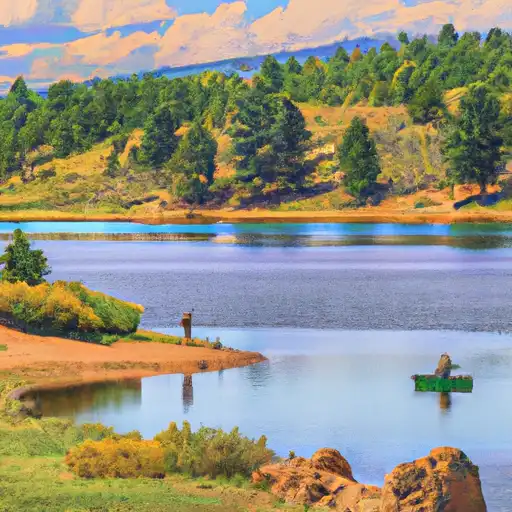 Morrow Point Reservoir
Morrow Point Reservoir
 Crawford Reservoir
Crawford Reservoir